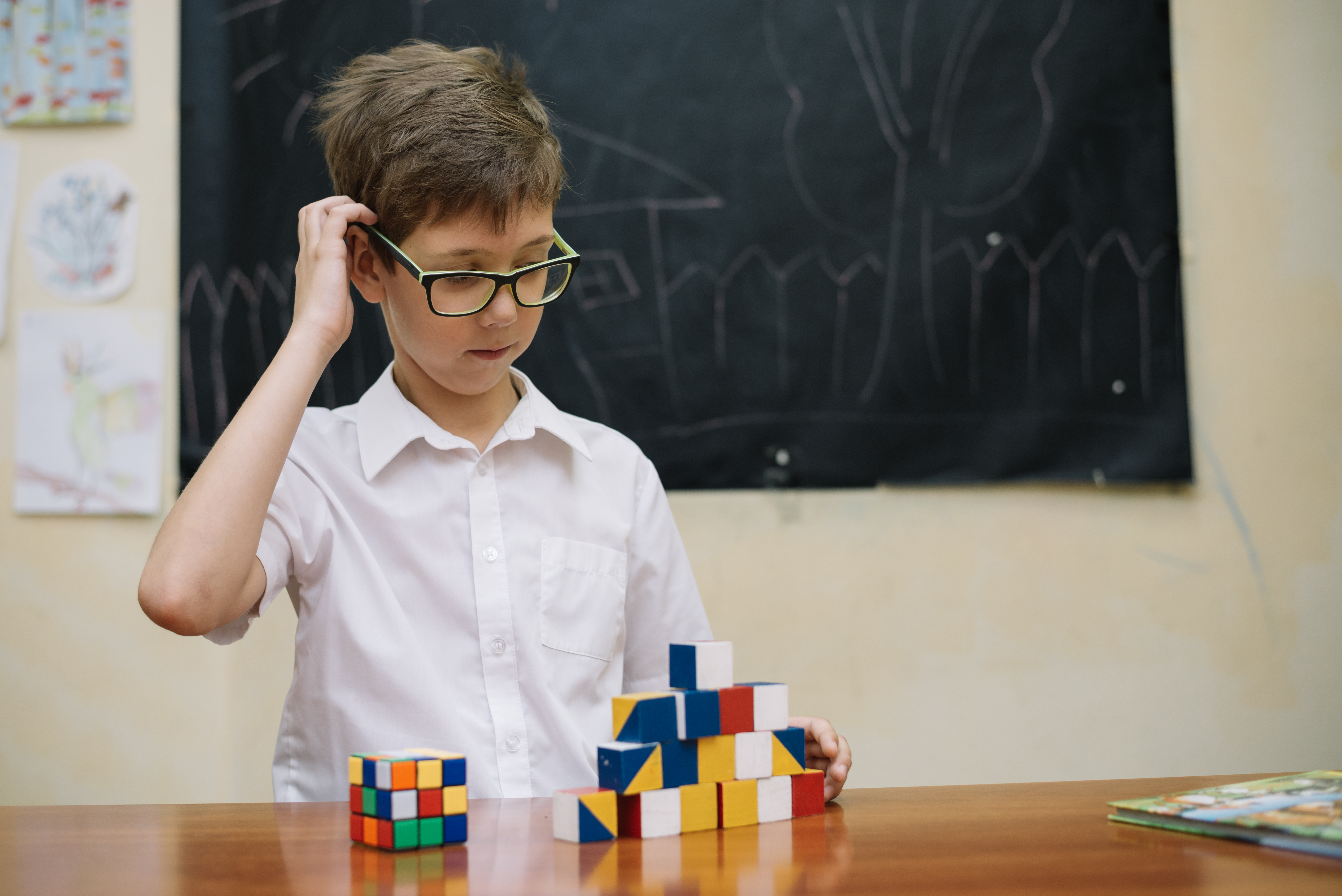Let’s start with – What is spatial thinking?
Spatial means relationship -The ability to understand and remember the relations among the objects. Spatial skill enhances the everyday life. Moreover, Spatial abilities predict your child’s achievement in areas of science, technology, and mathematics. This skill boost your child’s’ skills like making connections and solving problems.
Importance of Spatial thinking
1. Visual Spatial Ability –
Visual Spatial ability refers to skill in transforming symbolic information.
For example, an engineer visualizes the interactions of the parts of a machine.
Visual-spatial ability is winding up progressively significant with the development of the new technologies in computer graphics.
2. Physical Spatial Ability –
Physical Spatial skills are crucial in the sports and physical education activities.
To catch a ball, child needs to judge the speed and distance of the ball in flight and adjust their movements accordingly.
3. Auditory Spatial Ability –
Auditory spatial skills enhance to judge the distance accurately in space utilizing auditory signs alone. Spatial attention is a key component of orienting to sounds in the environment. For example, if you call your child, he/she perceives your voice source (navigating space by listening).
4. Spatial Orientation –
The ability to move around in an environment utilizing an inborn sense of direction is called spatial orientation. Spatial orientation is of great importance for adjusting to new environments and getting start from one point to another.
For example, if you say your child to go to the other side of the room and sit on the white chair. This instruction with respect to the white chair gives your child movement as particular direction that makes clarity about where to go.
5. Spatial Perception –
Good spatial perception ability allows us to understand the environment and their relationship to it. For example, when your child walks, the spatial perception works to prevent them from walking into walls, tables, chairs etc. and also makes alert while walking on stairs, slippery floors etc.
Creative ways to teach spatial thinking:
1. Encourage children to use spatial thinking in their daily life through physical exploration
of the real time scenarios like route maps, searching objects with 1 or 2 clues etc.
2. Use spatial language which includes references to shapes (triangle, square), sizes (tall, wide),
features of shapes (corner, edge) and orientation (above, below, near, between). By this
you can address this language gap to describe their environment.
3. Engage in mapping activities which includes playing “map hide and seek” “treasure hunts”.
4. Engage with blocks and puzzles which includes toy box as it consists of true challenging
activities with the difficulties, enhances solving skills.
It’s never too late to teach spatial thinking with the above fun filled activities.
